
Introduction to the Panagor PMC 135mm f/2.8
What you’ll get: A background on the Panagor PMC 135mm and why it has become such a beloved vintage option today.
The Panagor PMC 135mm f/2.8 was crafted during the late 1970s and 80s by Japanese OEM makers such as Komine, Cimko and Kino Precision. Designed as a budget-friendly telephoto, it stood out thanks to its "PMC" — Perfect Multi Coating — which improved flare resistance and contrast, setting it apart from older, single-coated optics. Although it was once sold as a more affordable lens, today it thrives in the second-hand market as a creative tool valued for its distinctive rendering over technical perfection.
The first time I picked up a vintage lens at a thrift shop, the focus ring was stiff and the glass had tiny scratches. Strangely, those imperfections added magic to my photos—they encouraged me to embrace imperfection as part of my style, rather than chase sterile perfection.

Key Technical Features
What you’ll get: The essential specs and design traits that define this timeless telephoto lens.
Core Specifications
- 135mm focal length — flattering perspective for portraits and natural subject compression.
- f/2.8 aperture — shallow depth of field for isolation and dreamy effects.
- Manual-focus helicoid — smooth, tactile focusing experience.
- PMC multicoating — boosts contrast compared to older optics.
- Available mounts: M42, Nikon F, Canon FD, Minolta SR.

Why This Lens Matters in 2025
What you’ll get: Reasons why the Panagor PMC 135mm still holds relevance and appeal for both mirrorless and film shooters today.
With modern lenses achieving extreme sharpness and clinical perfection, many photographers seek out the Panagor PMC 135mm f/2.8 for its character. On mirrorless bodies, it transforms into a creative tool—especially for those who enjoy tactile focus and cinematic aesthetics. Its rendering style fits dreamlike portraits, vintage-style video, and slower-paced analog photography. Compared to modern 135mm telephotos, it remains much more affordable without losing its soul.
During a sunset shoot, I angled directly into the sun expecting washed-out frames. Instead, the PMC coating and subtle softness produced glowing flares that were unexpectedly cinematic—turning a near throwaway shot into a favorite.

Pros
- Affordable vintage telephoto option
- Dreamy bokeh and lens character
- Lightweight and compact at 135mm
Cons
- Manual focus only, no autofocus support
- Lower contrast compared to modern glass
- Possible age-related optical issues
Practical Creative Applications
What you’ll get: Ideas on how to use the Panagor 135mm creatively with modern and classic gear setups.
On Mirrorless Systems
Pairing with focus peaking and digital magnification makes focusing easy even wide open. See also our mirrorless camera adapter setup guide for hassle-free adaptation.
On Cinema Rigs
The 52mm filter thread means ND filters or cine mods are simple to attach. Videographers will enjoy its cinematic flare tendencies.
On Film Cameras
Mounted on a classic SLR, it introduces nostalgic rendering with tactile focusing that enhances the analog experience. It slows you down and helps craft more intentional frames.
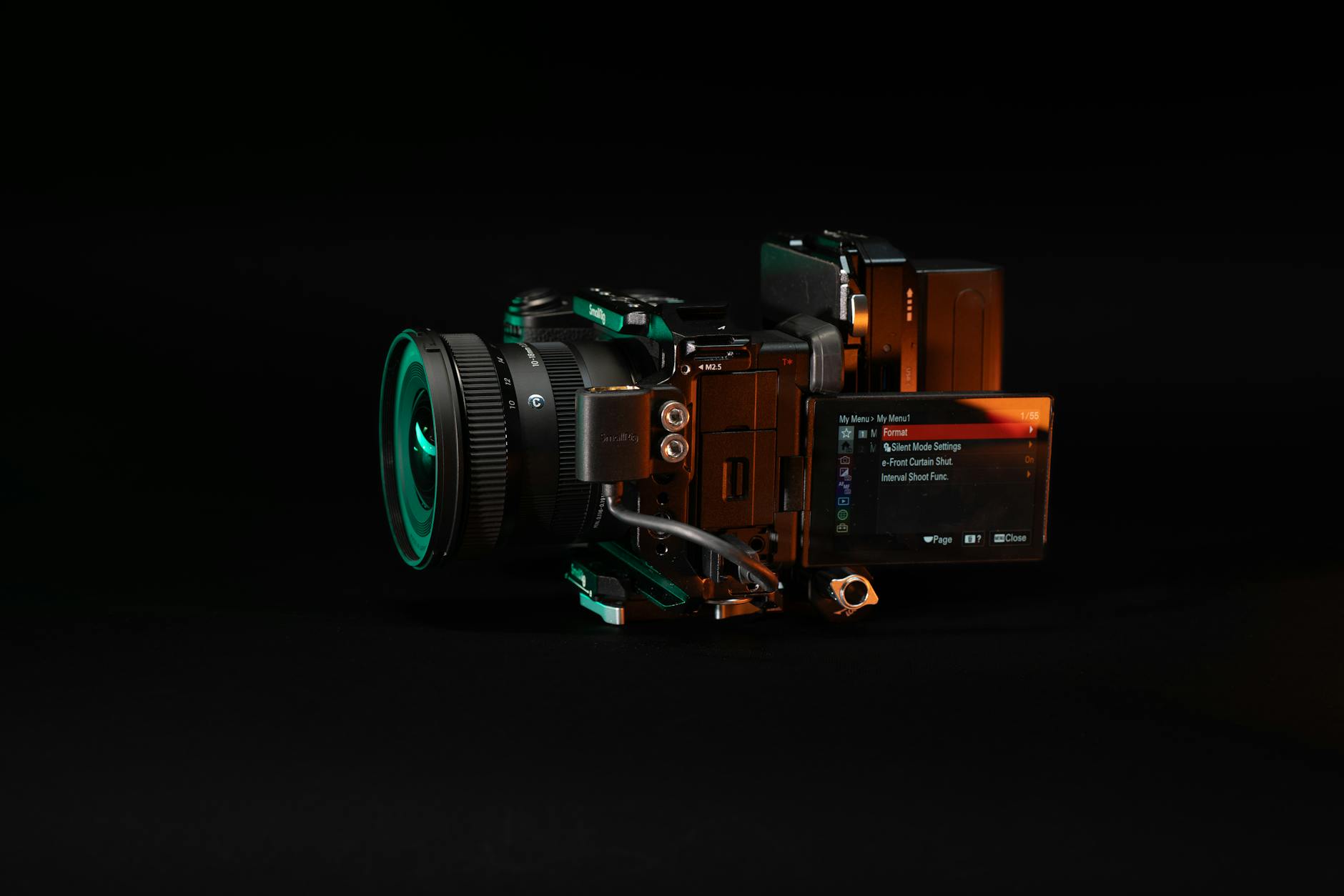
Second-Hand Buying Guide
What you’ll get: How to safely shop for a Panagor PMC 135mm on the vintage market.
Checklist Before Buying
- Check aperture blades for oil
- Test that focus is smooth, not stiff
- Inspect for fungus or haze on glass
- Confirm mount compatibility with your adapter
- Look for original lens hood or case if possible
I once discovered a Panagor tucked away in its original leather case. Not only was the glass spotless, but the focus feel was perfect. That first roll of film captured with it became some of my most treasured work.
For further insight, explore our second-hand lens buying guide, which covers common pitfalls across vintage optics.
Conclusion: A Thrift-Store Treasure
What you’ll get: A wrap-up on why the Panagor PMC 135mm f/2.8 deserves a place in your kit.
The Panagor PMC 135mm f/2.8 embodies affordable vintage telephoto creativity. Photographers who value character over sterile performance will find its imperfections add soul to their images. Whether mounted on a film body or digital mirrorless, it invites experimentation and rewards an adventurous spirit.
Quick decision
- Choose it for dreamlike portraits and cinematic video looks.
- Skip if you need fast autofocus or pristine sharpness.
- Great entry into vintage telephotos for under €100.
- Adaptable to most major mirrorless systems.
FAQs
Is the Panagor PMC 135mm f/2.8 compatible with modern digital cameras? Yes, with adapters like M42, Nikon F, or Canon FD to mirrorless, it functions perfectly—though only with manual focus.
What kind of photography is this lens best for? It's excellent for portraits, cinematic video, analog experimentation, and creative bokeh-rich images.
How much should I pay for a used Panagor PMC 135mm? Most sell between €50–90 depending on condition and mount.
What issues should I watch for when buying second-hand? Ensure smooth focusing, responsive aperture blades, and fungus-free optics. Avoid damp-stored lenses.
Ready to Try One?
Explore our collection of second-hand lenses and find a Panagor PMC 135mm f/2.8 or another vintage gem that brings character back to your photography.




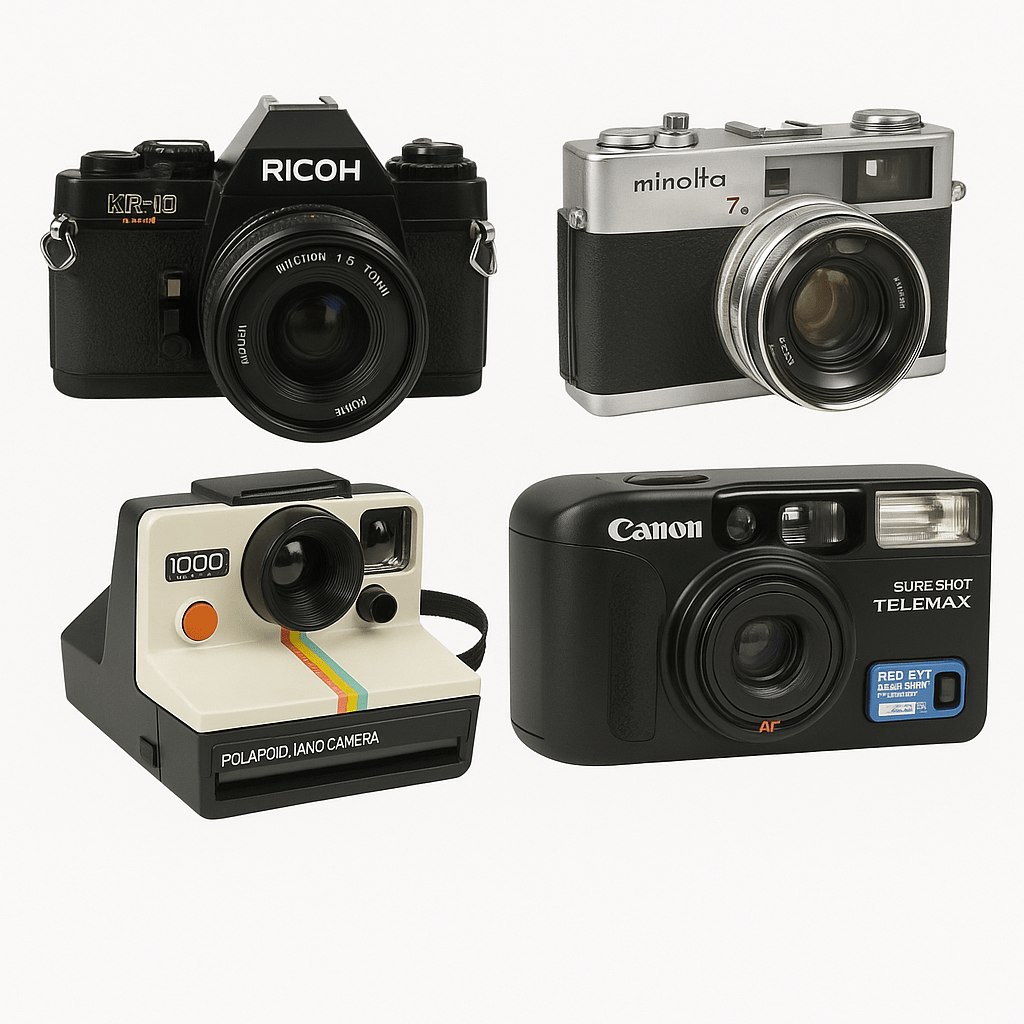
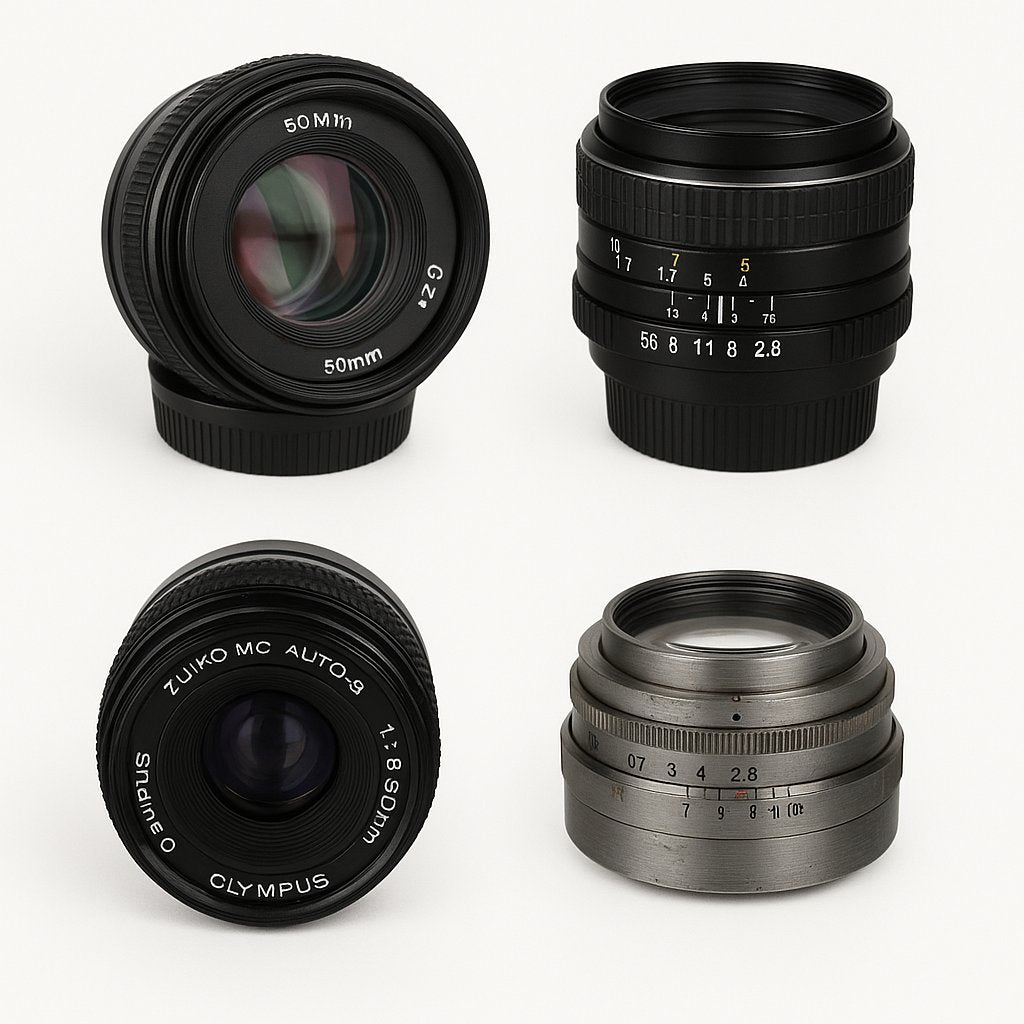
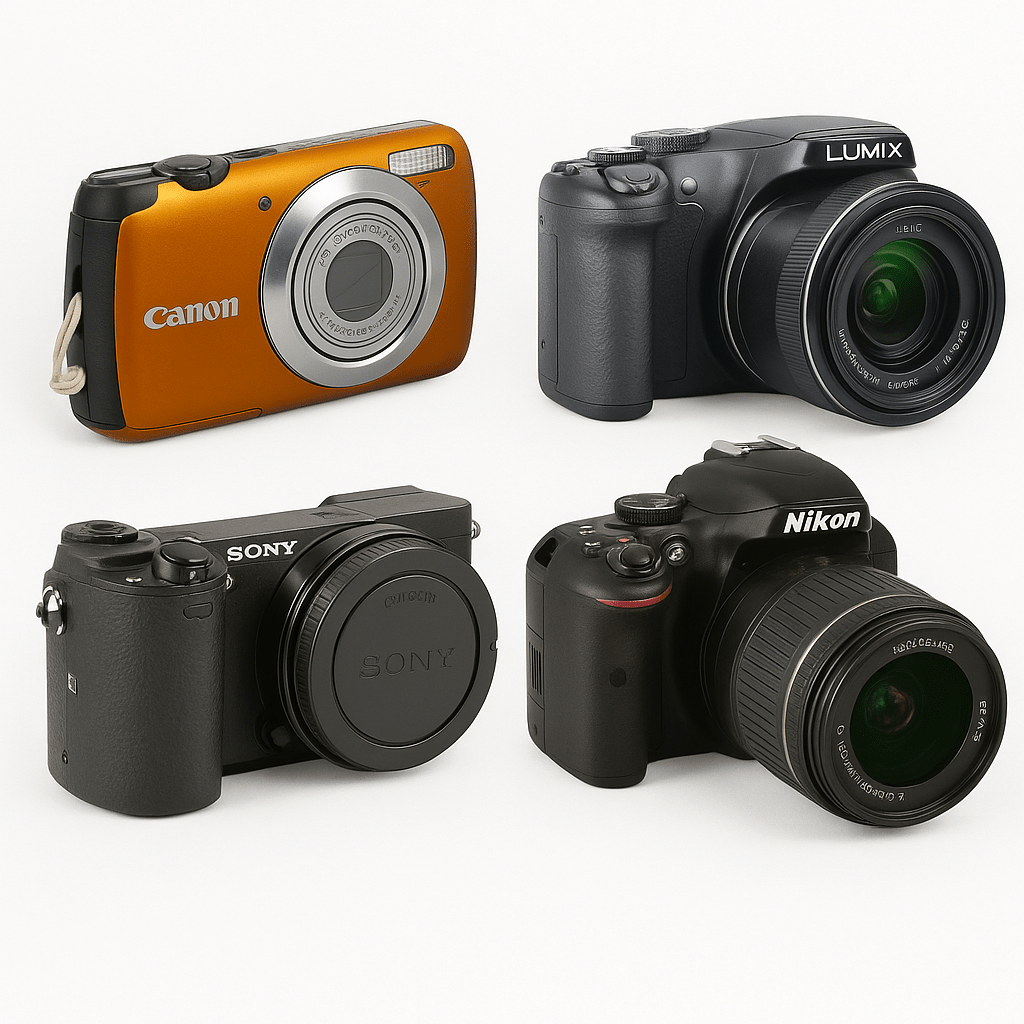
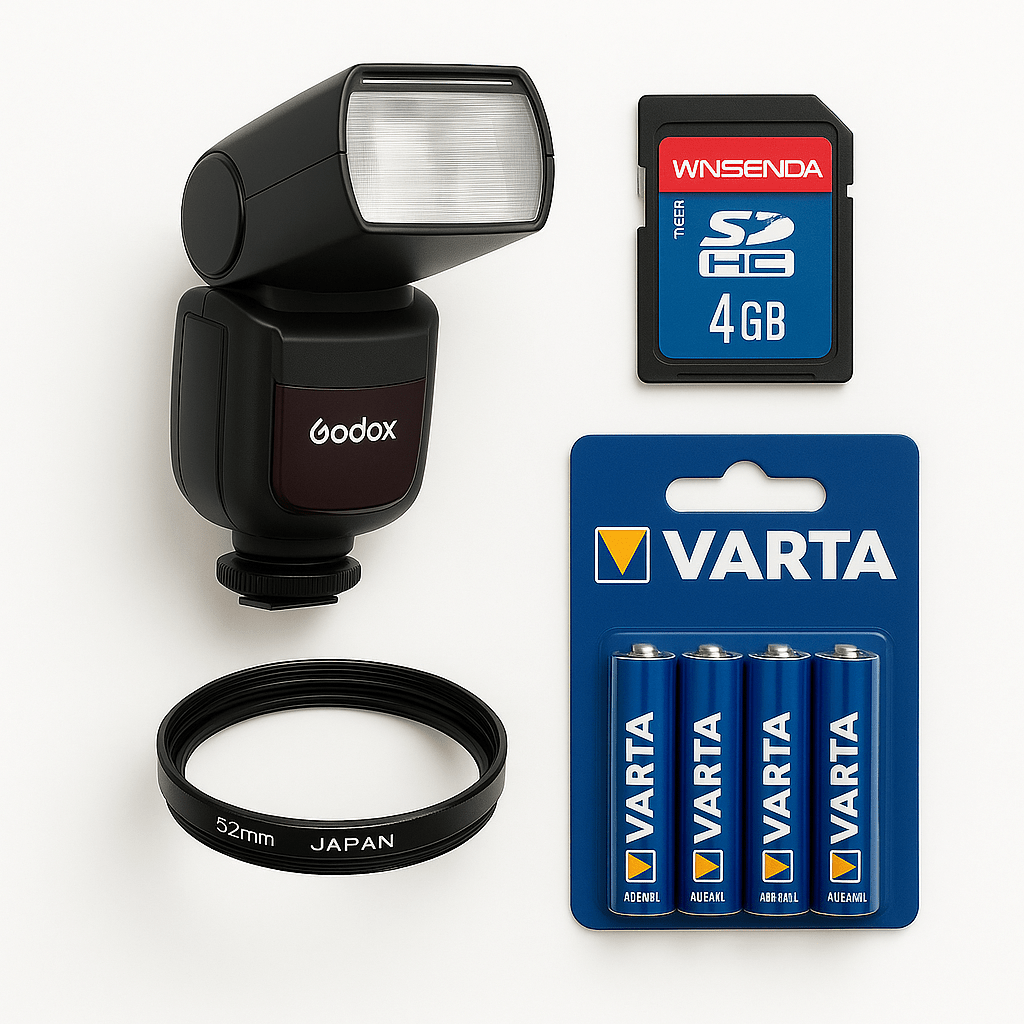
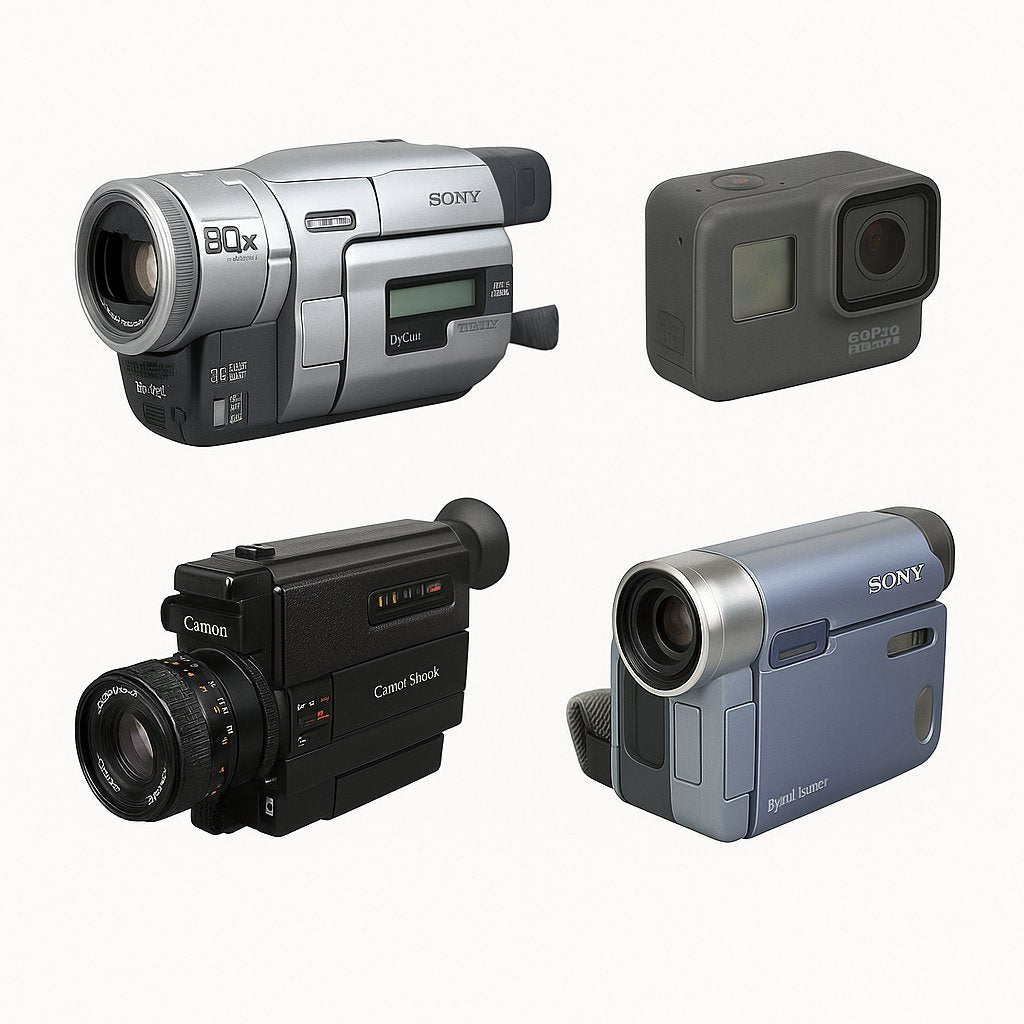

0 comments